How to care for fuchsia at home?
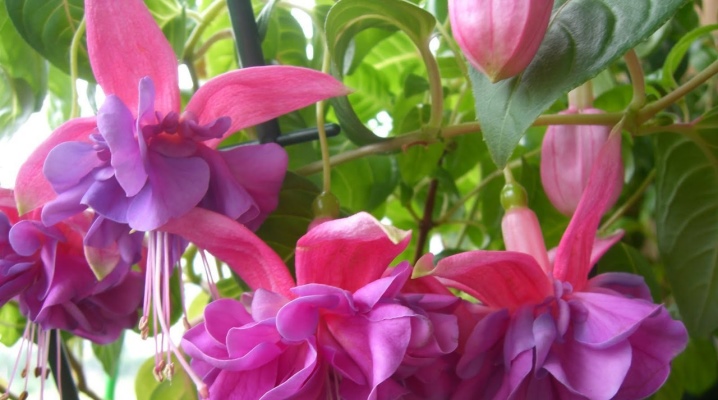
More than three centuries have passed since the eminent French scientist Charles Plumier went on an expedition to the islands of the Caribbean, where he discovered a flower of amazing beauty. He named an unusual plant with bright flowers of a bizarre shape after the famous German botanist Leonart von Fuchs. Soon, the plant fell in love and began to be actively cultivated by flower growers all over the world.
Fuchsia is a perennial shrub of the fireweed family. In nature, there are more than 100 varieties that differ in color, structure and size. Thanks to the amazing shape of the inflorescences, the people began to call fuchsia “gypsy catkins”, “ballerina”, “nymph”, and also “flower of elves”.
Having seen this plant just once, any enthusiastic florist will want to decorate his greenhouse with it. In order for fuchsia to feel great and be able to delight with its flowering, you need to know how to properly care for it. Let us examine this issue in detail.
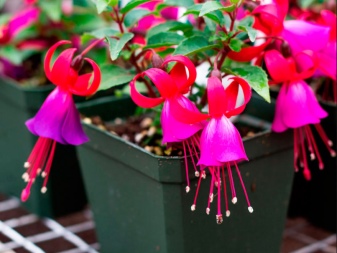

Optimal conditions
The homeland of fuchsia is considered to be Central and South America, as well as New Zealand. In these places, the plant grows in natural conditions, most often it is a shady tropical forest. To make your fuchsia home as comfortable as at home, you need to provide it with everything necessary for survival, development and growth.
Growing at home will not be a hassle if you initially take into account the preferences of fuchsia in the soil, temperature and humidity, and provide proper care.
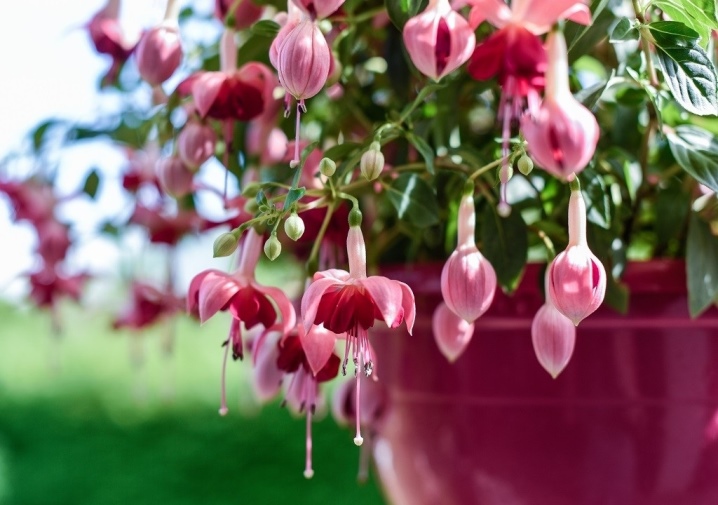
Site and soil selection
Fuchsia does not tolerate direct sunlight, therefore it is best to place it in the back of the room, for example, in a flowerpot. You can also place fuchsia on the windowsill if the window faces east or north. Despite the shade-loving nature, fuchsias, like any indoor flower, still require sunlight, but it is better if it is diffused and soft.
Fuchsia soil should be loose and nutritious, acidity - neutral or weak. The ideal option would be substrate containing peat, expanded clay, coarse river sand, dolomite flour, compost. It should contain nitrogen, phosphorus, potassium, calcium.
It is worth noting that most universal soils meet these requirements, so the selection of soil for fuchsia will not be difficult. If necessary, the soil can be mixed with drainage.

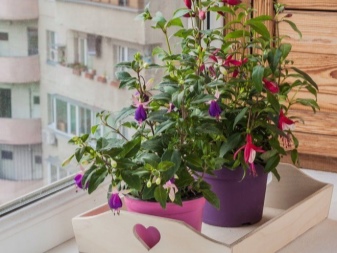
Air humidity
It is easy to guess that a tropical shade-loving plant prefers high humidity. In hot and dry weather, fuchsia must be sprayed with a spray bottle twice a day: in the morning and in the evening. This will allow it to absorb moisture and survive the heat favorably. You can also put a container of water or a portable humidifier next to the plant to improve air humidity. If you decide to use a humidifier, do not add aromatic substances to it - it can harm the flower.
When fuchsia stops blooming, it no longer needs excess air humidity, as this can lead to decay of roots and leaves. The dormant period usually lasts from late September to late March.
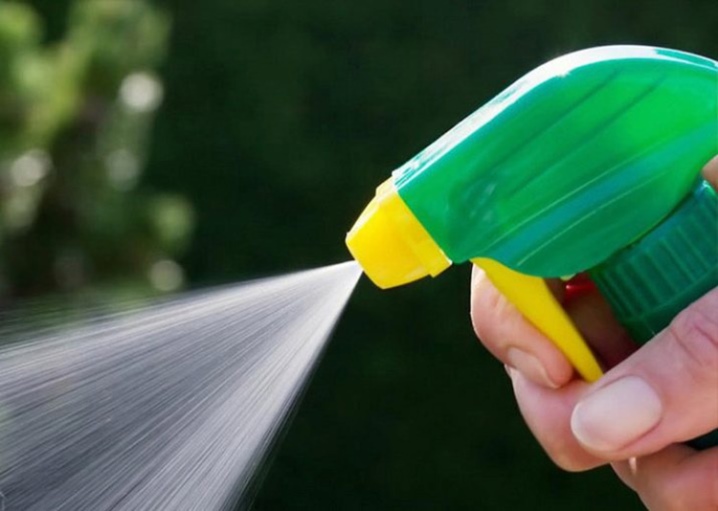
Temperature regime
The optimum air temperature for fuchsia is 18-25 ° C. In summer, this figure can reach the upper limit, and in winter it should not exceed 22 ° C. Too high a temperature will cause the leaves to fall, and too low to wilt and stop growth.
It is very important to protect the plant from drafts and sudden changes in temperature, and you need to be especially careful when airing the room. For this period, it is better to rearrange the plant in one of the unventilated rooms, for example, in the bathroom.
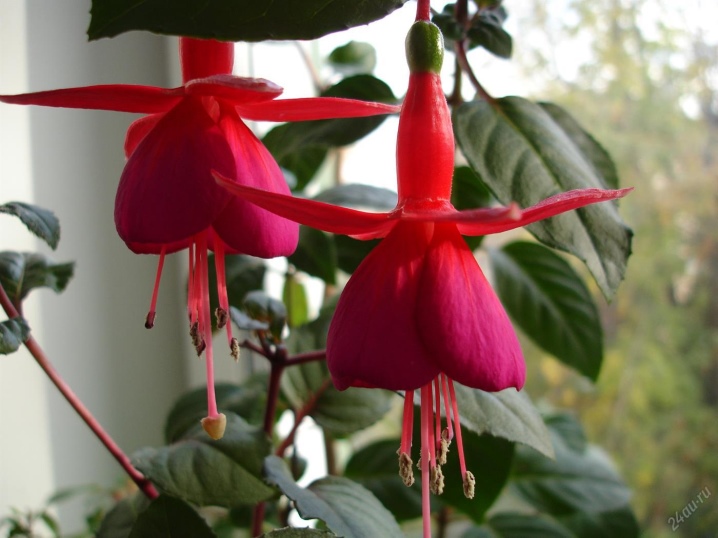
Care features
Caring for fuchsia at home is not difficult even for novice florists. In order for the plant to be lush, at a certain stage of growth, it is necessary to pinch its upper part. This will force the flower to release new side shoots. Fuchsia of the ampelous variety must be pinched every 1-2 internodes, and bush - after 2-3.
It is important to understand that pinching postpones flowering until a later date, but allows you to make it abundant.
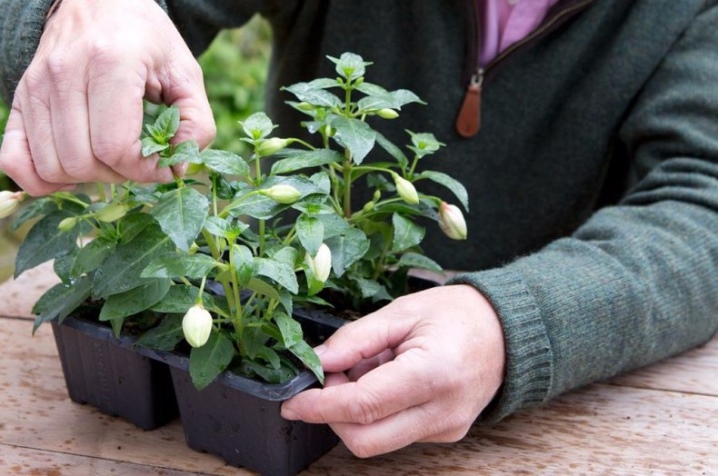
Providing the plant with the right soil and optimal living conditions, it is necessary to water the flower in a timely manner and feed it. Let's take a closer look at both procedures.
Watering
Fuchsia is a moisture-loving plant, so you need to provide it with abundant and regular watering. It is especially important to water the plant on time during the period of active flowering - from May to August. It is necessary to avoid stagnant moisture by providing the flower with drainage in advance. There should be special holes in the bottom of the pot to drain excess water. Stagnation will lead to rotting of the roots and, as a result, to the death of the plant.
To provide the soil with good air circulation, it must loosen periodically. In summer, this can be done 2-3 times a week, and in winter - once every two months. Thus, even with excessive watering, the soil will be able to get rid of excess moisture.
If you accidentally flood the plant and it cannot dry out, your actions will depend on the degree of such "flooding". In non-critical cases, it is enough to add sand to the soil and not water it until the upper layers of the soil are completely dry. In a more serious situation, fuchsia will have to be transplanted: for this, carefully remove the flower from the pot, remove the waterlogged clods of earth and fill in semi-dry fresh soil, replacing the old one.
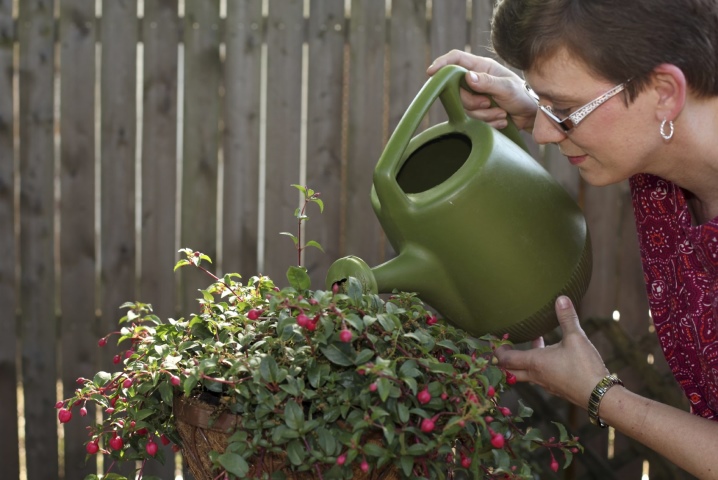
With insufficient watering, the plant also does not feel well: its leaves curl and wither, it turns yellow and becomes sickly. In order to prevent overdrying of the soil, it is necessary to water the fuchsia as the upper layers of the soil dry.
To restore the elasticity of the leaves (if for some reason you missed watering), you can spray the plant with a spray bottle and cover it with foil for several hours. Before carrying out this procedure, the first step is to provide the soil with a sufficient amount of water. Thus, fuchsia will receive complete hydration and will be able to recover as quickly as possible.
For irrigation, it is better to use purified water: it can be filtered or purchased liquid. As a last resort, you can water fuchsia with ordinary tap water, having previously infused it for 2-3 days at room temperature.
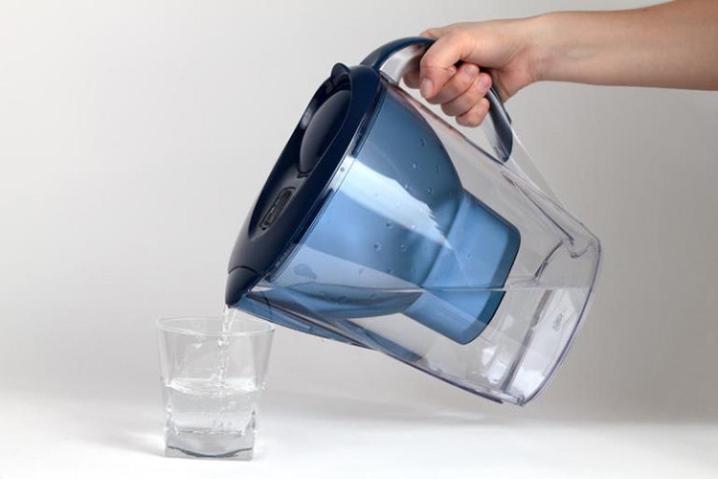
How to feed?
To grow a strong full-fledged plant, it is necessary to provide it with timely feeding. Fertilizing the soil will help to avoid diseases, as well as significantly increase the flowering period, the number of inflorescences and the intensity of color. Top dressing should be applied only during the flowering period: from the end of March to the end of September. Fertilizers rich in nitrogen, phosphorus and potassium will help to build up green mass, stimulate the growth of young shoots, form new buds and open already formed ones.
Suitable for feeding fuchsia:
- biostimulator Sweet: 1 drop of fertilizer per watering, can be used 2-3 times before flowering;
- bone meal: distribute 1 tbsp. l. on the top layer of the soil;
- potassium monophosphate: the preparation in the form of a powder must be diluted in soft water, the granules can be dissolved in water of any hardness (use no more than 1 time per week);
- vermicompost: dissolve at the rate of 10 ml per liter of water, use once every 2 weeks;
- any universal fertilizer for ornamental flowering plants: as a rule, a drop of liquid fertilizer is enough for one watering.
If you decide to feed the plant, choose one thing for this, in no case should you use several fertilizers at the same time. Over-saturation of the soil is even more destructive and irreversible for fuchsia than the lack of nutrients.

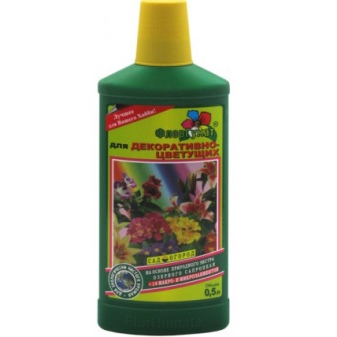
Landing
After you have chosen a suitable place and soil for fuchsia, you need to decide on a pot. It is best to use a planter with drainage holes and a tray, the material can be plastic, ceramic or clay. Plastic pots are good for a variety of shapes and colors, but do not take a pot with a pungent chemical smell - it can ruin a young sprout. A ceramic container, if not coated with varnish, has a porous structure, which provides additional drainage of excessive moisture. The clay planter allows you to regulate the temperature, keeping warm in a cold room and cool in a hot one.
If you are planting a young sprout, the diameter of the pot should not exceed 10 cm. As it grows, it is necessary to transplant the plant into a larger container. This will allow the roots to develop gradually and form a strong, branched rhizome.
A layer of drainage with a thickness of 1-2 cm should be laid at the bottom of the planter. Pebbles, expanded clay, brick chips or fragments of clay products can be used as drainage. The soil should be loose enough, it is not necessary to ram it in the process of planting the sprout.
If you are preparing the soil yourself, and do not buy a ready-made mixture, the earth can be mixed with humus and a small amount of peat.
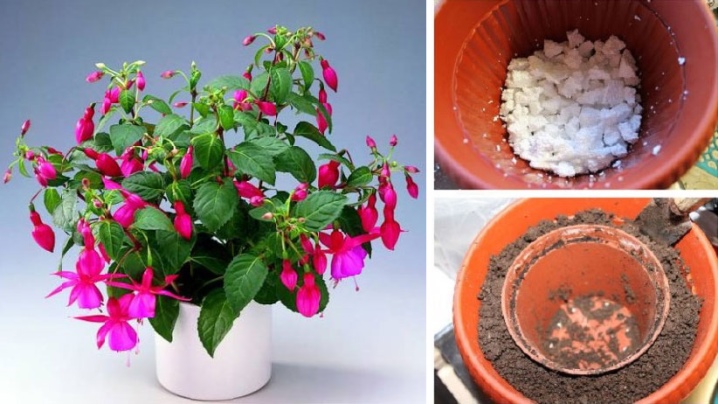
Transfer
It doesn't take long to transplant a plant. It is best to transplant fuchsia at the beginning of the growing season, this is around the end of March. The procedure must be carried out annually to provide the plant with nutrients, to prepare it for flowering and to stimulate the development of the root system. The plant cannot be transplanted during flowering, since during this period it is especially vulnerable and will not be able to adapt to new conditions.
Preparation for transplanting consists in removing old and dried shoots, as well as pinching healthy ones by a third of the length. This will give the flower the desired shape. Next, you need to pick up a pot for transplanting, it should be 1-2 cm in diameter larger than the previous one. When the flower is trimmed and the pot is prepared, you can start the procedure.
- Gently remove the plant from the pot along with the clod. In this case, it is better that the soil at the time of transplanting was practically dry or very slightly wet.
- Transfer the fuchsia to a special container (for example, a basin) and carefully inspect the roots for mold and other undesirable phenomena. If you find something, removal of old soil and additional treatment of the root system will be required.
- Place a layer of drainage in the transplant pot (2-3 cm).
- Pour the soil prepared for transplanting in a small layer (3-4 cm).
- Center the plant with the earthy ball in the center of the planter.
- Cover all cavities with soil.
If you did not add fertilizer to the soil for transplanting, then after the procedure, pour the plant with water diluted with compost and humus. If you still mix the soil with fertilizing, then you need to use plain water for irrigation.
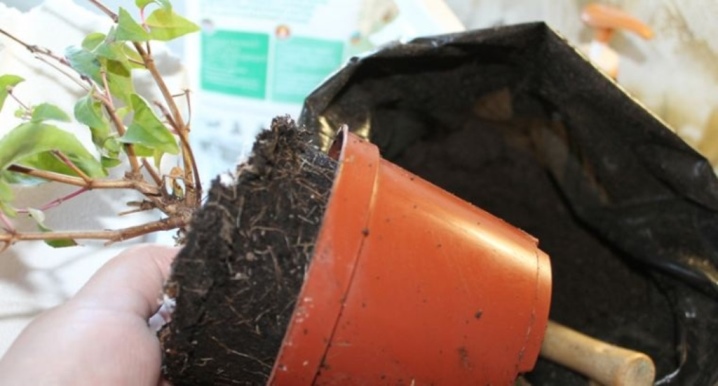
Reproduction
Fuchsia can be propagated in two ways: using seeds or cuttings. To make it easier for you to choose the best option for yourself, consider the advantages and disadvantages of each.
Seeds
This method is quite time consuming. If you have a mature flowering plant in your home, you can pollinate it yourself. To do this, use a cotton swab or brush to transfer pollen from a male flower (with a stamen) to a female one.After pollination, you can spray the plant with a spray bottle and cover the bud with gauze - this will increase the chances of success. To be sure, you can pollinate 2-3 flowers at once.
Within a few days, a fruit forms in place of the pollinated flowers. After fully ripening, it must be cut off and put into a paper envelope or wrapped in cheesecloth. It is better to store it in the refrigerator. Before sowing, the fruit is cut and the seeds are removed.
Fuchsia seeds are about the size of sesame seeds, their shape is flat and tear-shaped, and their color is light brown. Sowing can be done from February to April. Any container is suitable for this. It needs to be filled with moistened soil by 2/3, and then sprinkle the seeds and crush them on top with a thin layer of earth, cover with a film. When the first shoots get a little stronger, they can be planted in separate small containers, and then transplanted into larger ones as they develop.
This method is suitable for those who like to experiment with crossing different varieties of fuchsias.
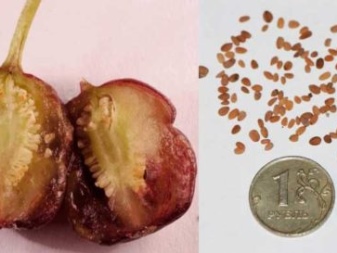
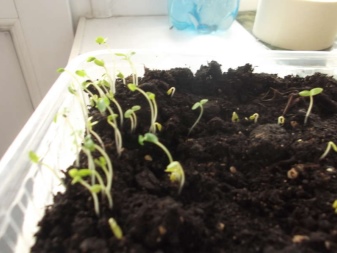
Cuttings
Cuttings are the most popular way to propagate fuchsias. It is simple and reliable; it is best to carry out cuttings in the spring.
- First you need to cut the stalk. A mature shoot 10-12 cm long with two or three pairs of leaves is suitable for this.
- Use a sharp knife to make an oblique cut.
- The cut must be treated with a rooting stimulator. For this, "Kornevin", "Epin", "Zircon" or "Heteroauxin" are suitable.
- After the cutting is placed in a container of water for 1.5-2 weeks, after removing the lower leaves.
- The last stage is planting in a pot of soil.
Since it is necessary to use a small pot for the cutting, it is important to monitor the drying out of the soil and water the plant in time.
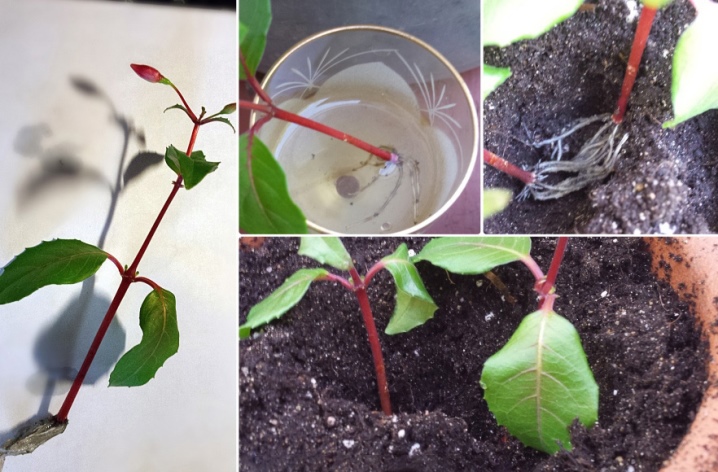
Dormant period
The rest period for fuchsia begins with the onset of the first frost. In autumn, the flowering is reduced, the development of the plant slows down. During this period, it is necessary to properly care for the flower.
For wintering, it can be placed on an insulated balcony, where the air temperature is in the range of 5-12 ° C. Under such conditions, fuchsia will accumulate strength for the next flowering, but already at the end of February it should be rearranged to a warmer room.
Wintering is also allowed at normal room temperature. In this case, the plant partially sheds its foliage, and the shoots are strongly stretched. There is nothing wrong with that: in the spring, it is enough to cut off too long stems for the flower to regain its former appearance. Excessive shoot growth can be avoided by providing the plant with additional lighting.
Watering fuchsia during the rest period should be no more than 1-2 times a month. From mid-February, you should gradually increase the frequency of watering. Top dressing is best applied only during the period of active flowering or when the plant has already formed buds. In winter, the flower does not need spraying.
Waterlogging during this period can lead to the development of fungal diseases.

Diseases and treatment
Most often, fuchsia becomes susceptible to disease due to improper care, and pests can start when using contaminated soil. To avoid diseases, it is enough to observe the temperature regime and watering regime. Decontaminating the soil will help prevent the growth of parasites. Disinfection can be done by roasting in the oven, freezing or steaming in a water bath.
These steps are especially true if you are preparing the soil for planting yourself.
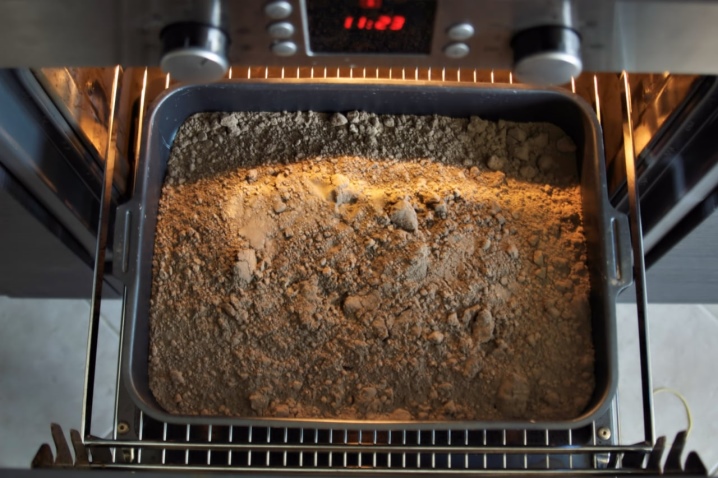
Below we will consider possible problems and ways to solve them.
Root rot
Signs of root rot can be seen with the annual plant transplant: the roots become lethargic, acquire a brown tint. It is necessary to fight the disease, removing the soil from the roots and rinsing them in warm water. After that, you need to cut off the affected areas of the root system with scissors.
If there are many white and healthy roots left, you can simply transplant the plant into new soil.If there are almost no areas untouched by rot, then put the flower in the water until new healthy roots grow.
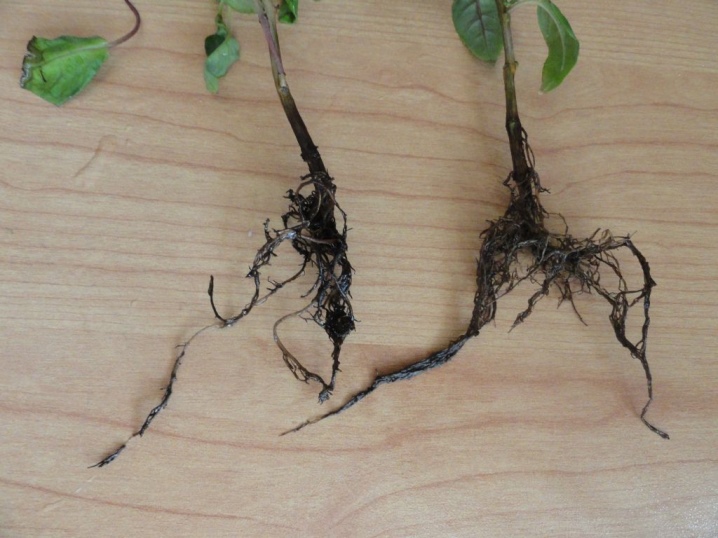
Gray rot
With this disease, fuchsia leaves become covered with a bloom, and individual shoots begin to rot, becoming soft and watery. This occurs mainly in the autumn-spring period, when it is humid outside, snow melts or it rains constantly.
To help the plant, it is necessary to remove the affected leaves and branches, as well as eliminate excess moisture in the room with a heater or hood.
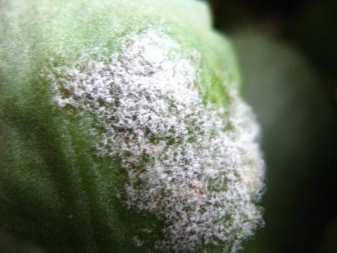
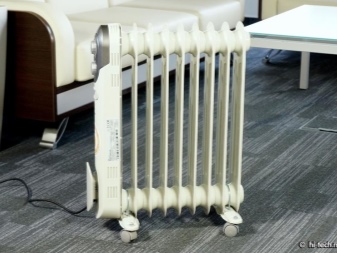
Lack of nutrients
Fuchsia leaves serve as an indicator of its health: if they dry, despite abundant watering, the flower lacks molybdenum. Yellowing indicates a lack of manganese, and if the leaves turn white, it will help revive the plant fertilizer with nitrogen.
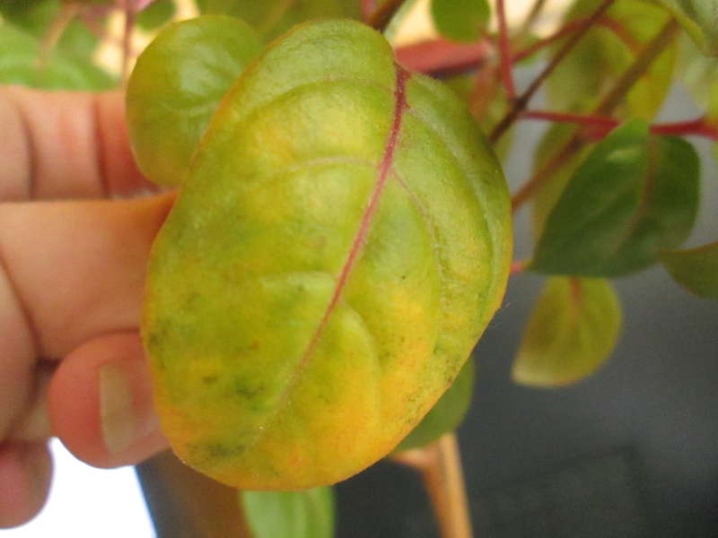
Whitefly
It is a miniature pest butterfly that lays eggs on the underside of leaves. Its larvae feed on fuchsia juice, while the plant stops blooming and begins to wither rapidly. To get rid of the misfortune, it is necessary to cover the soil with a film (to protect the roots) and spray the plant from a spray bottle with a solution of soapy water.
Laundry or tar soap is suitable for preparing the solution. The procedure must be repeated until the eggs and larvae are completely exterminated.
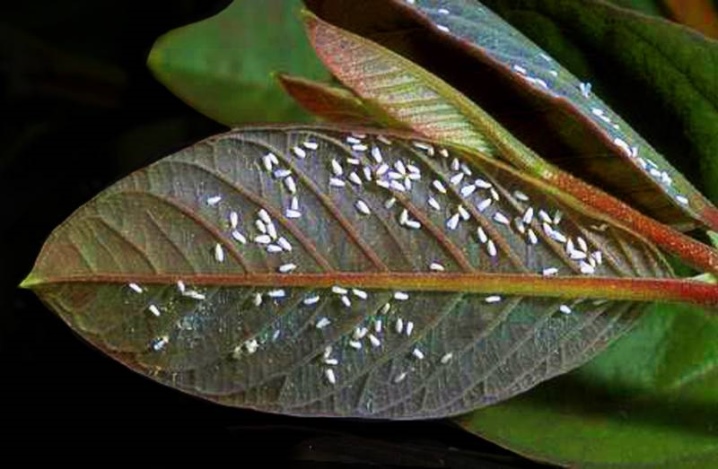
Red spider mite
This parasite feels good in a warm and dry room, often attacks fuchsia in the heat. If you notice small red specks on the plant, a gray coating on the inside of the leaves and a cobweb twisting the stems and shoots, this will mean that the pest has settled on your flower and rebuilds the nest.
To eliminate the tick, you will need special products such as Actellik, Fitoverm, Neoron, Flumite, Skelta or Antiklesch. You need to use any of them in accordance with the instructions.
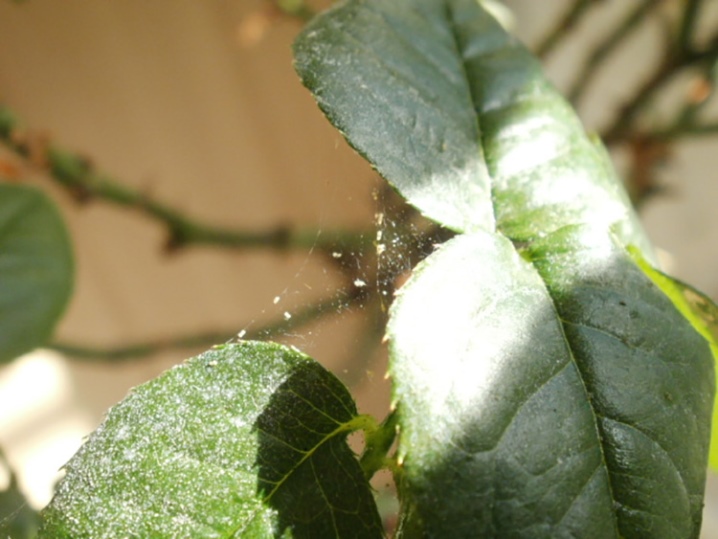
Aphid
If you notice atypical formations on the stems and leaves of fuchsia, then take a closer look. Perhaps this is a cluster of aphids. These are small insects that can have a variety of colors: gray, green or brown. They multiply very quickly and drain the plant. It is necessary to deal with them immediately after detection. Suitable for this Intavir, Decis, Cypermethrin.
It is necessary to use drugs in accordance with the instructions. In case of infection with a pest, it is necessary to isolate the affected plants from healthy ones for the entire period of treatment.
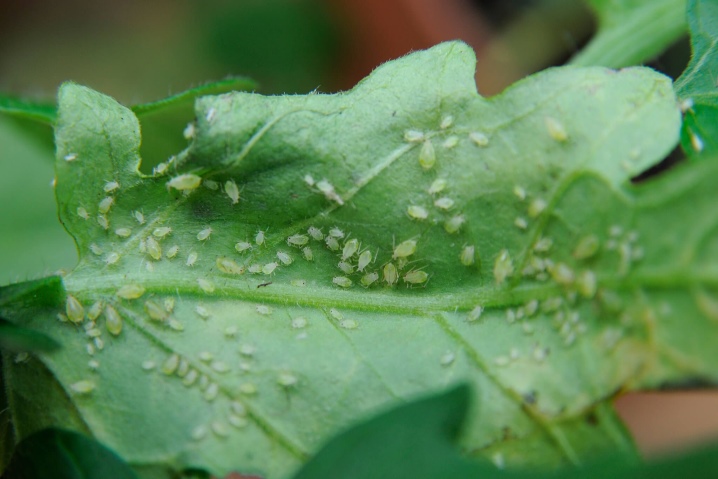
For growing and caring for fuchsia, see the next video.







































































































The comment was sent successfully.